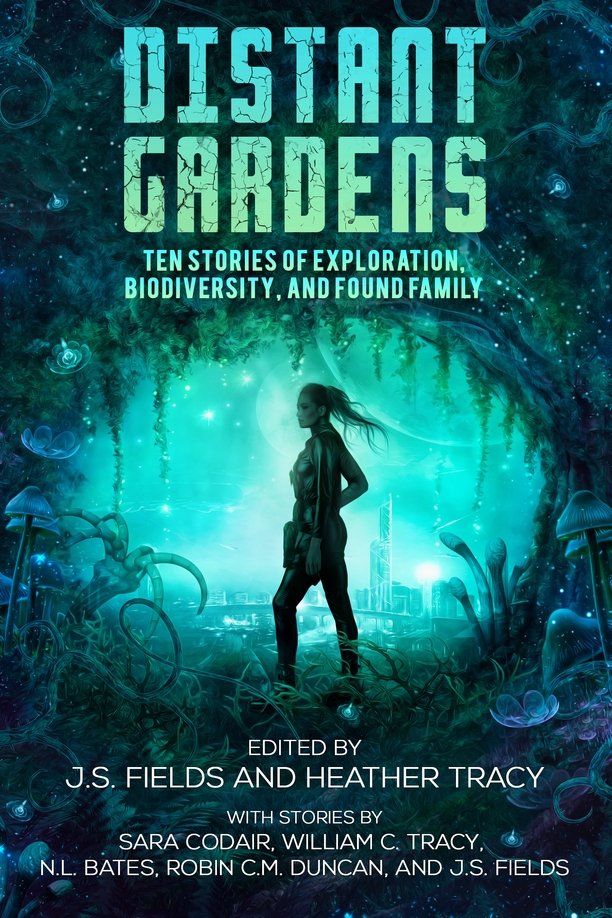When it comes to writing, the debate between left-handed and right-handed writers is as fascinating as it is intricate. Though only about 10% of the population is left-handed, the differences between these two groups go beyond just which hand holds the pen. Let’s explore the unique challenges and advantages each faces, along with some interesting insights into their creative processes.
The Challenges of Left-Handed Writers
Left-handed writers often navigate a world designed for their right-handed counterparts. From the layout of spiral notebooks to the orientation of desks, many everyday tools can be a source of frustration. Here are some common challenges:
- Smudging Ink: Left-handed writers often drag their hand across the page as they write, leading to smudged ink and stained hands, especially with traditional pens.
- Writing Posture: To avoid smudging and to see their work, many left-handed writers adopt awkward hand positions, which can cause discomfort and strain.
- Tool Design: Many writing tools, like scissors and computer mice, are ergonomically designed for right-handed users, making them less comfortable and efficient for left-handers.
The Advantages of Being Left-Handed
Despite these challenges, left-handed writers bring unique strengths to the table:
- Creativity: Research suggests that left-handed people may be more adept at divergent thinking, a key component of creativity. This might explain the high number of left-handed artists and writers.
- Adaptability: Constantly adjusting to a right-handed world can make left-handed individuals more adaptable and resilient, valuable traits in problem-solving and creative endeavors.
- Mirror Writing: Some left-handed individuals can write in mirror script (writing that reads normally when viewed in a mirror), a skill that showcases their brain’s unique wiring.
Right-Handed Writers: The Norm with Its Own Perks
Right-handed writers, making up the majority of the population, generally find the writing world more accommodating. However, this doesn’t mean they don’t have their own set of characteristics and advantages:
- Tool Compatibility: Most writing instruments and workspaces are designed with right-handed users in mind, providing a seamless writing experience.
- Traditional Techniques: Right-handers are often taught conventional writing techniques that emphasize neatness and efficiency, giving them a smoother start in their writing journey.
- Bilateral Brain Function: While both hands are controlled by opposite sides of the brain, right-handers typically have a more lateralized brain function, which can lead to strengths in tasks requiring sequential processing.
Bridging the Gap
In recent years, the market has responded to the needs of left-handed individuals with specialized tools and products. From left-handed notebooks to ergonomic pens, these innovations help level the playing field. Furthermore, increased awareness and understanding of the differences between left-handed and right-handed writers can foster a more inclusive environment.
Conclusion
The interplay between left-handed and right-handed writers offers a rich tapestry of diversity in the world of writing. Each group brings its unique strengths and faces its unique challenges. By appreciating these differences, we can better support all writers, encouraging a more inclusive and creative writing community. Whether you’re left-handed or right-handed, the act of writing remains a powerful and universal way to express our thoughts, ideas, and creativity.
What are your experiences being left-handed or right-handed? Follow our social media accounts on Facebook and Instagram for more information and opportunities to engage and share more about your perspectives!











